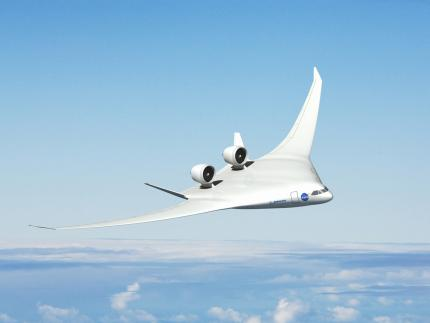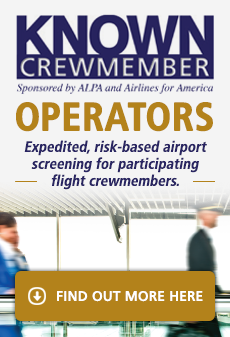
Our cell phones get smarter, lighter, and faster every year, so why shouldn’t air travel? An industry that, by its nature, doesn’t often make visible strides in technology has some pretty exciting features just around the corner.
Here’s a sneak peek into the not-too-distant future of air travel.
It’s (Finally) All About the Passenger
In just a few years, we’ll marvel at the fact that seats were once one-size-fits all. That tall people were crammed in Economy. That passengers had no privacy to sleep. Bastian Schaefer, innovation manager in the Airbus Cabin Innovation Strategy & Concepts department, says planes will soon be more intuitive about passengers’ needs. If, for example, the sun is too bright, seats could swivel or the sun could otherwise be blocked from bothering the passenger. Seats would conform to the size needs of a passenger.
And planes will be more fun to ride. We’re already starting to see wifi available and more digital devices permitted during flights. But imagine how much more engaging a flight would be if your window had a screen that would point out landmarks below and provide info on them.
And look for more eco-friendly features on future flights. Schaefer says it’s possible to generate energy from passengers’ body heat, which could cut down on the energy used on the 93,000 global flights each day. As aircraft become more environmentally conscious, passengers may start voting with their wallets for the greenest planes available, nudging others to follow suit to keep up with customer demands for more eco-friendly options.
The Airbus A380 is already in the skies and changing our perception of what a double-deck plane can be. Its sidewall storage, social areas (including lounging couches and bar areas), and privacy seats are just a few of the features that other aircraft manufacturers will soon have to emulate just to compete.
Air Cargo Gets a Facelift
Passenger planes aren’t the only ones leaping and bounding ahead. The recently-announced Aeroscraft uses a third of the fuel that traditional air cargo ships do, as well as a buoyancy system that reduces the explosion risk that previous blimps had. The Aeroscraft can go 75 miles an hour — 50% faster than its predecessors. It’s slated to take to the skies in early 2015.

Photo: Aeroscraft
The HAV Hybrid Aircraft, out of the UK, can stay in the air up to three weeks, which will be useful in delivering humanitarian aid and shipping heavy freight around the world. Billed as the world’s largest aircraft, the HAV is filled with inert helium and has multiple purposes: surveillance, communications, and covering sporting events. There are even talks of using the craft for luxury purposes, such as taking passengers on safari or whale watching.
The Next Greatest Thing
NASA invited creative designers to take flight on ideas for upcoming production by Boeing, Northrup Grumman and Lockheed Martin. NASA chose three designs from among submissions required to “fly up to 85 percent of the speed of sound; cover a range of approximately 7,000 miles; and carry between 50,000 and 100,000 pounds of payload, either passengers or cargo.”
Designs also had to be quieter, more fuel efficient and more environmentally friendly than existing planes. The entries were space-age, to say the least. Then again, planes as a concept seemed out of this world 150 years ago!

Photo: NASA/Boeing
Air travel is getting more exciting by the minute, thanks to innovations in technology, design, and imagination.





